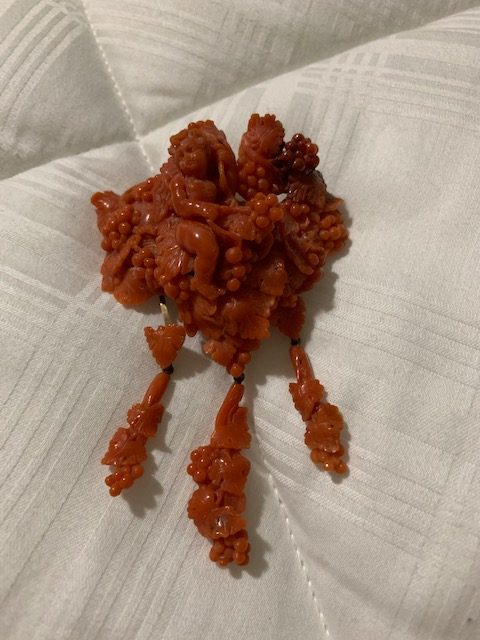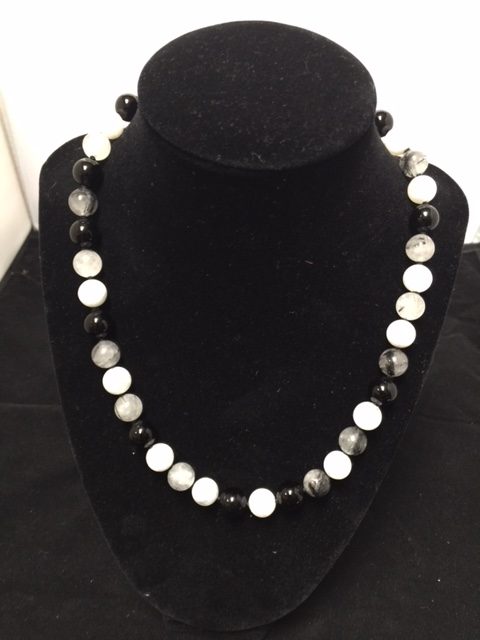Opal is one of nature’s most unique offerings. It is believed that most Opal deposits formed in the earth 15 to 30 million years ago! Opal is the product of seasonal rains that soaked the ground in dry areas. When the water penetrated the ground it brought silica (and combination of silicon and oxygen) with it. Once the water evaporated, it left deposits of silica between layers of rock. The silica became opal. Though the water evaporated during Opal’s formation, Opal still contains anywhere from 3 percent to as high as 20 percent in some types of opal.
There are two main classes of opal: precious and common. Opal that displays play-of-color is precious. If Opal does not have flashing rainbow colors it is usually described as common. Under a microscope, precious Opal will show a “grid” of uniform-size silica spheres forming a pattern. The gaps in the grid allow for the diffraction of white light, which results in Opal’s prize play-of-color. Common Opal will show silica spheres arranged haphazardly and of different sizes and shapes. Common Opal is sometimes described as “Potch Opal.” It is believed that if the water evaporates at a steady rate, the arrangement of silica spheres becomes uniform, forming precious opal. If evaporation however, is not orderly, the silica spheres form in random sizes and arrange themselves in an irregular fashion, which forms common Opal.
Opal always has a background color which is independent from its play-of-color. This background color can be thought of like a body color in any other variety of colored stone. It can be almost any color, and can also be known as base color.
The most valuable background color of Opal is black. Play-of-color shows up best against an opaque, dark background. The most valuable black Opals have the darkest backgrounds. Since black Opal is the most prized, it is also the most valuable and can command the highest prices. Because each Opal is unique, it is usually sold by the piece instead of being sold by the carat. You can expect to pay tens of thousands of dollars for an exceptional black Opal with excellent play-of-color.
White Opal is what the public will see the most of in the market. White Opal has a wide range of quality. Commercial white Opals may be cloudy yellows with little to no play-of-color, to nearly transparent gems with prominent play-of-color. White Opal has a wide range of values in the marketplace.
Another type of popular Opal is Fire Opal. It’s background color can be yellow, orange or red. It is believed that iron impurities cause these background colors. The most valuable of these colors is usually red-orange to bright red. Fire Opals can have play-of-color, but the background color is usually what is prized. Avoid a fire Opal with a cloudy look, as this might be a sign that the Opal is drying out. If an Opal dries out, it is vulnerable to cracking.
In evaluating Opal, the three most important qualities to consider are color, pattern (the arrangement of play-of-color) and clarity.
The photo accompanying this entry shows a Black Opal I recently purchased on Etsy from Sarah Hughes Fine Gems in Australia. It is .4 carats and the play-of-color is absolutely stunning. Opal is difficult to photograph and catch the play-of-color. I look forward to having this beauty set east-west in a white gold stacking ring. Stay tuned!









